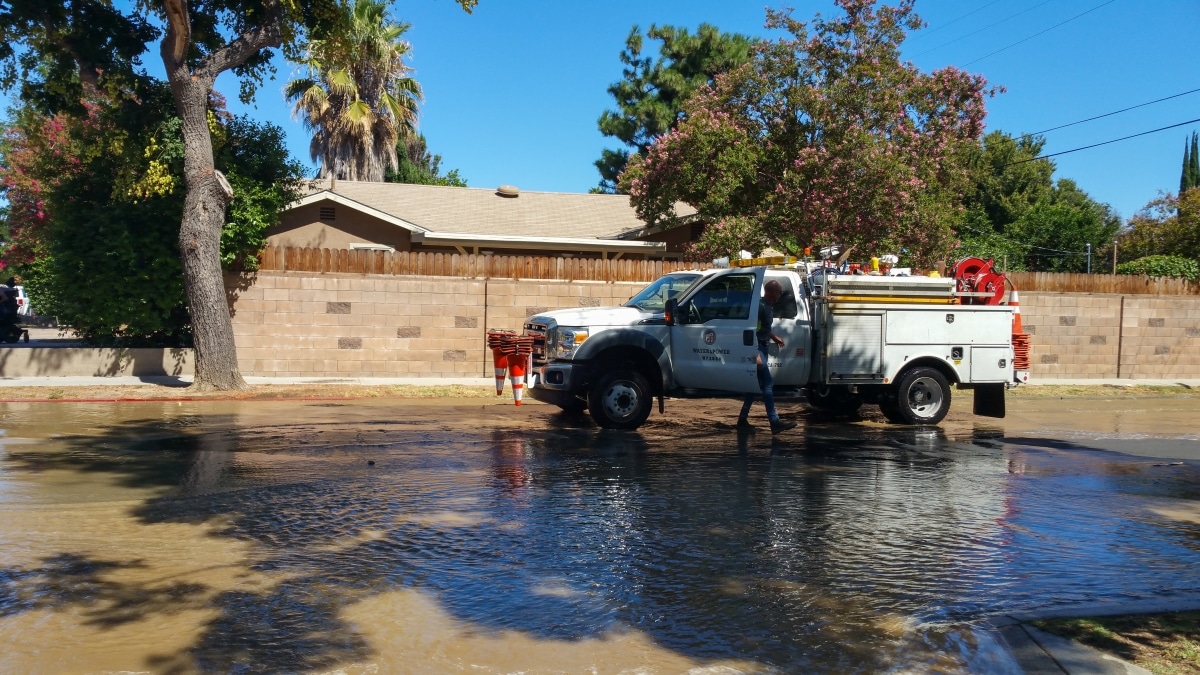The destruction of the Kakhovka Dam in southern Ukraine has instigated a rapidly unfolding environmental disaster that could affect drinking water, food supplies, and ecosystems as far as the Black Sea. The immediate damage is visible through tens of thousands of flooded parcels of land with far-reaching implications predicted to be generational. The dam was part of a system of six Soviet-era dams on the Dnieper River, which had formed a unique ecosystem since its creation 70 years ago. The draining of the reservoir now threatens the future of the region, impacting agricultural lands, wildlife, and local populations.
Key Points:
- The destruction of the dam has caused extensive flooding, impacting tens of thousands of homes, farms, and newly planted crops. The local ecosystem, including fish and water birds, has also suffered severe damage.
- The Dnieper River, once dammed, transformed an arid plain into a thriving ecosystem. With the dam’s destruction, the future of the region is uncertain as the landscape reverts to its previous state.
- The seizure and subsequent neglect of the dam system by Russian forces during their invasion led to unstable water levels and eventual collapse of the Kakhovka Dam. The result has been both a loss of livelihood for locals and an environmental crisis.
- The destruction of the dam has led to an environmental crisis on a potentially generational scale. Toxins settled in the mud at the bottom of the reservoir could turn into poisonous dust, while loss of the reservoir threatens the livelihoods of local communities and wildlife.
- The long-term effects of this disaster will have to be managed by Ukraine, requiring decisions on whether to restore the reservoir, how to provide for the region’s water supply, and how to deal with potential invasive species. The disaster’s full impact may only be felt by future generations.






